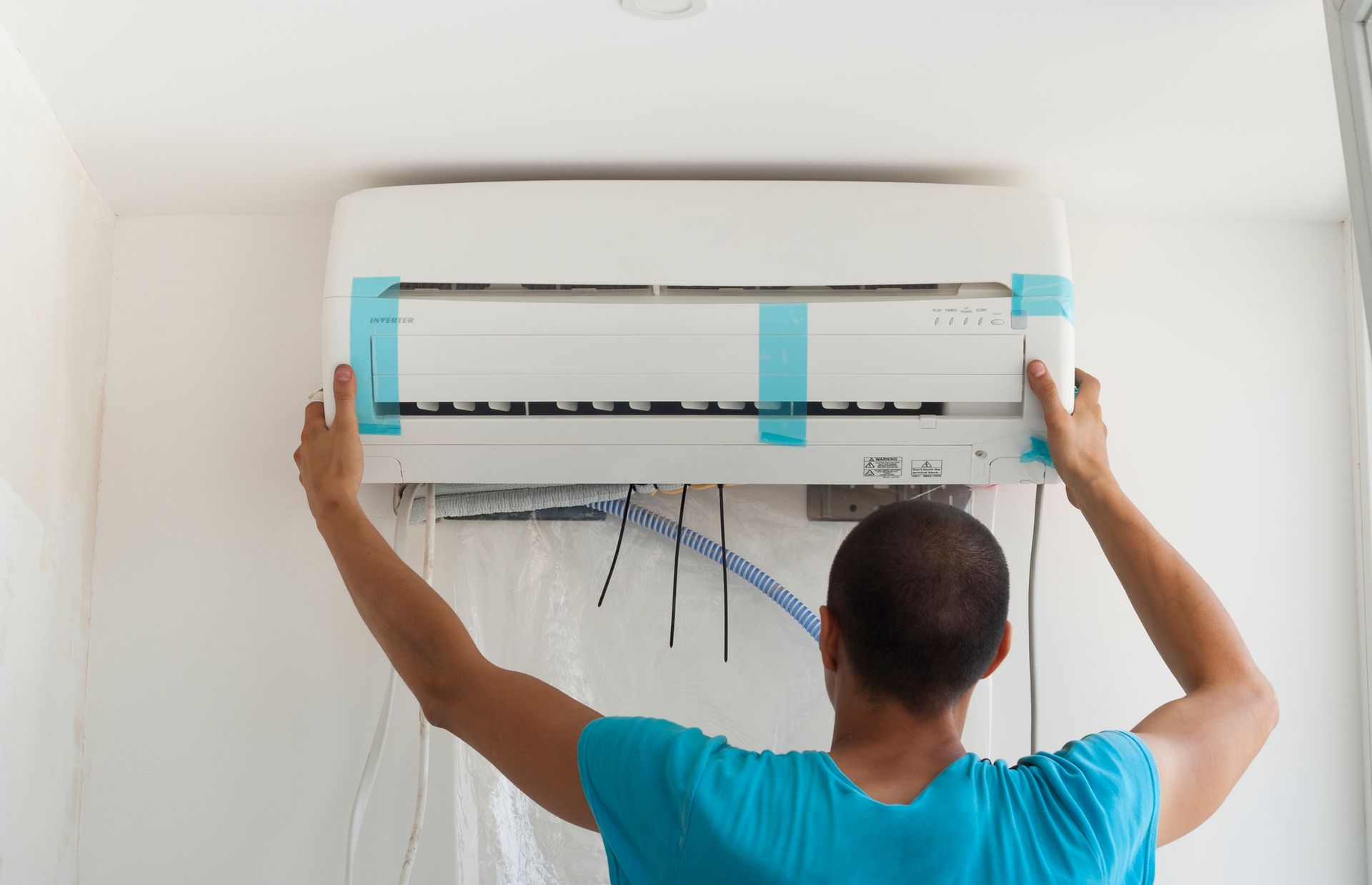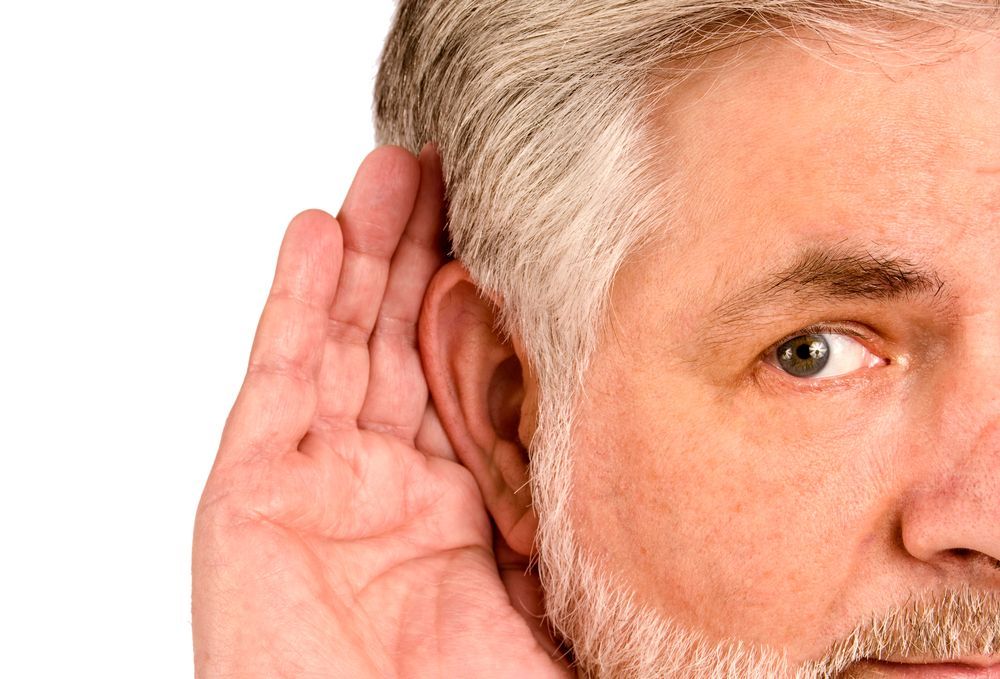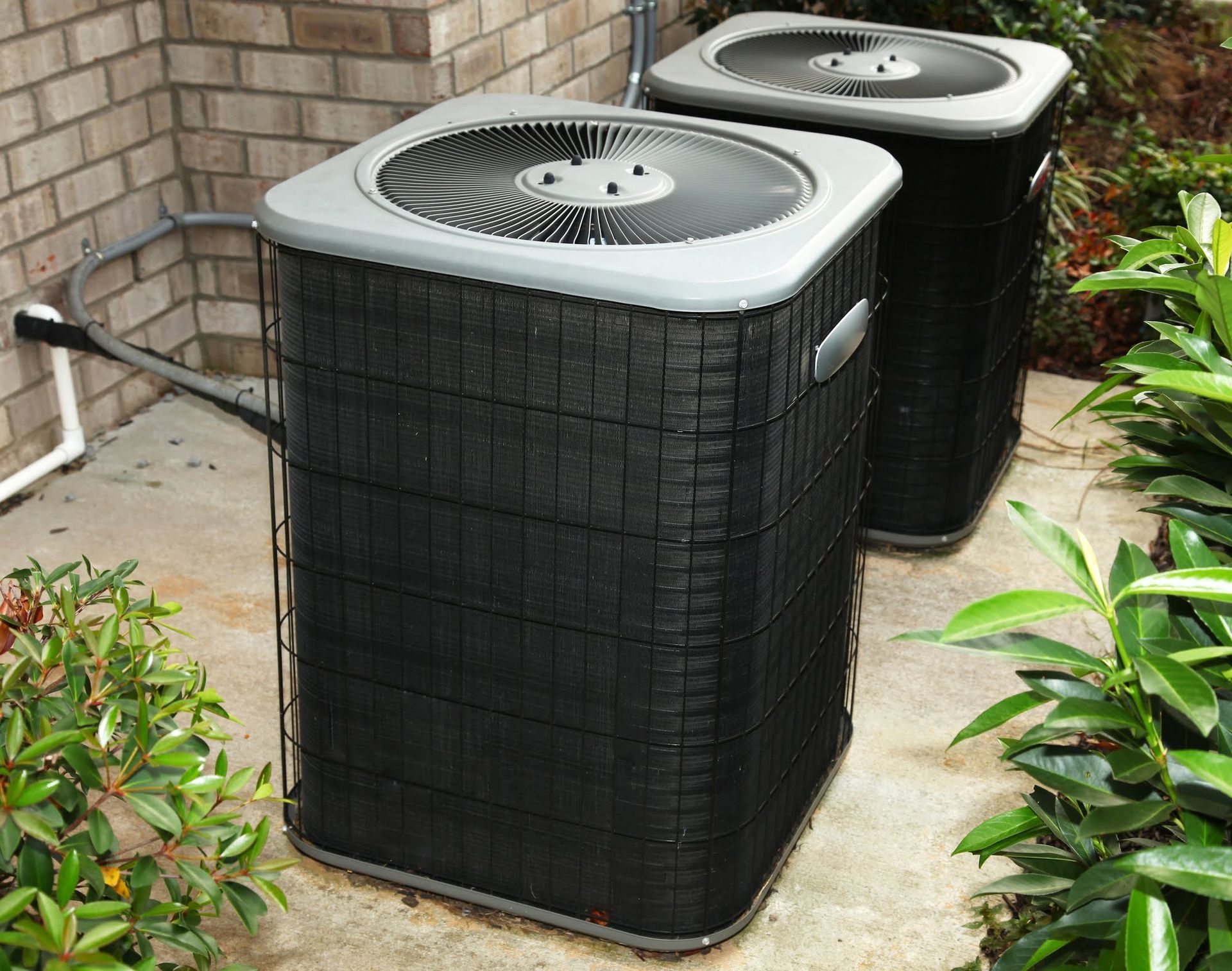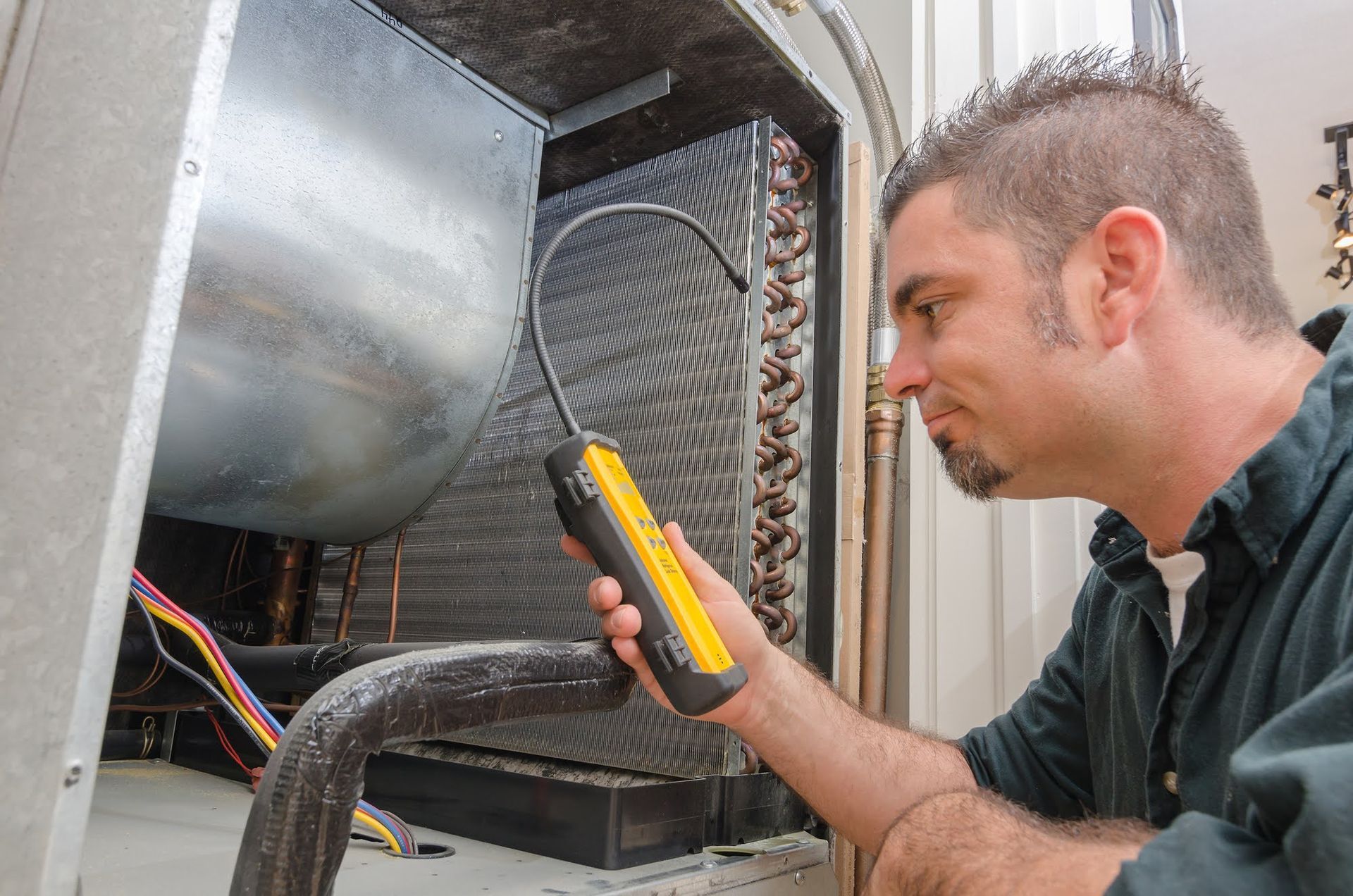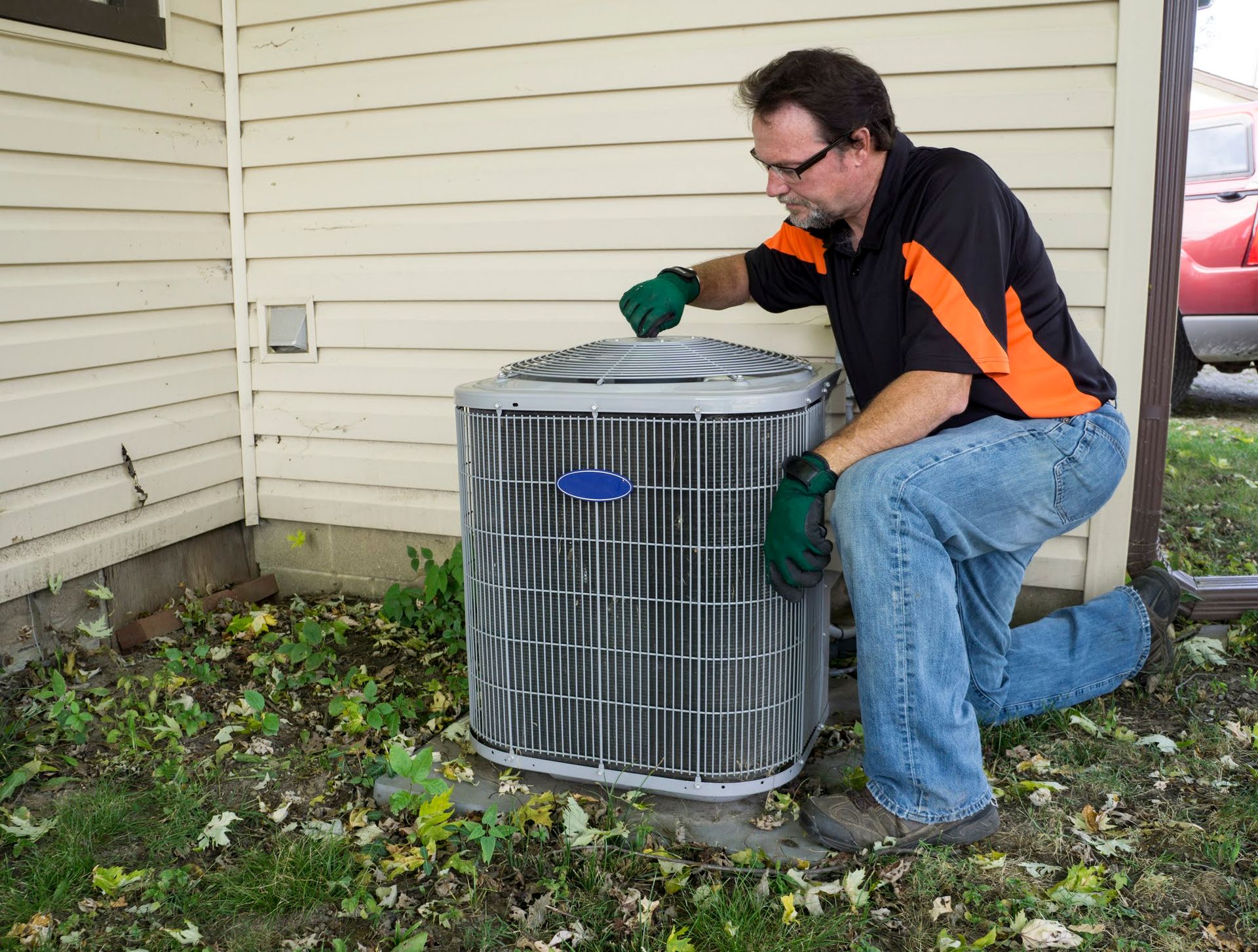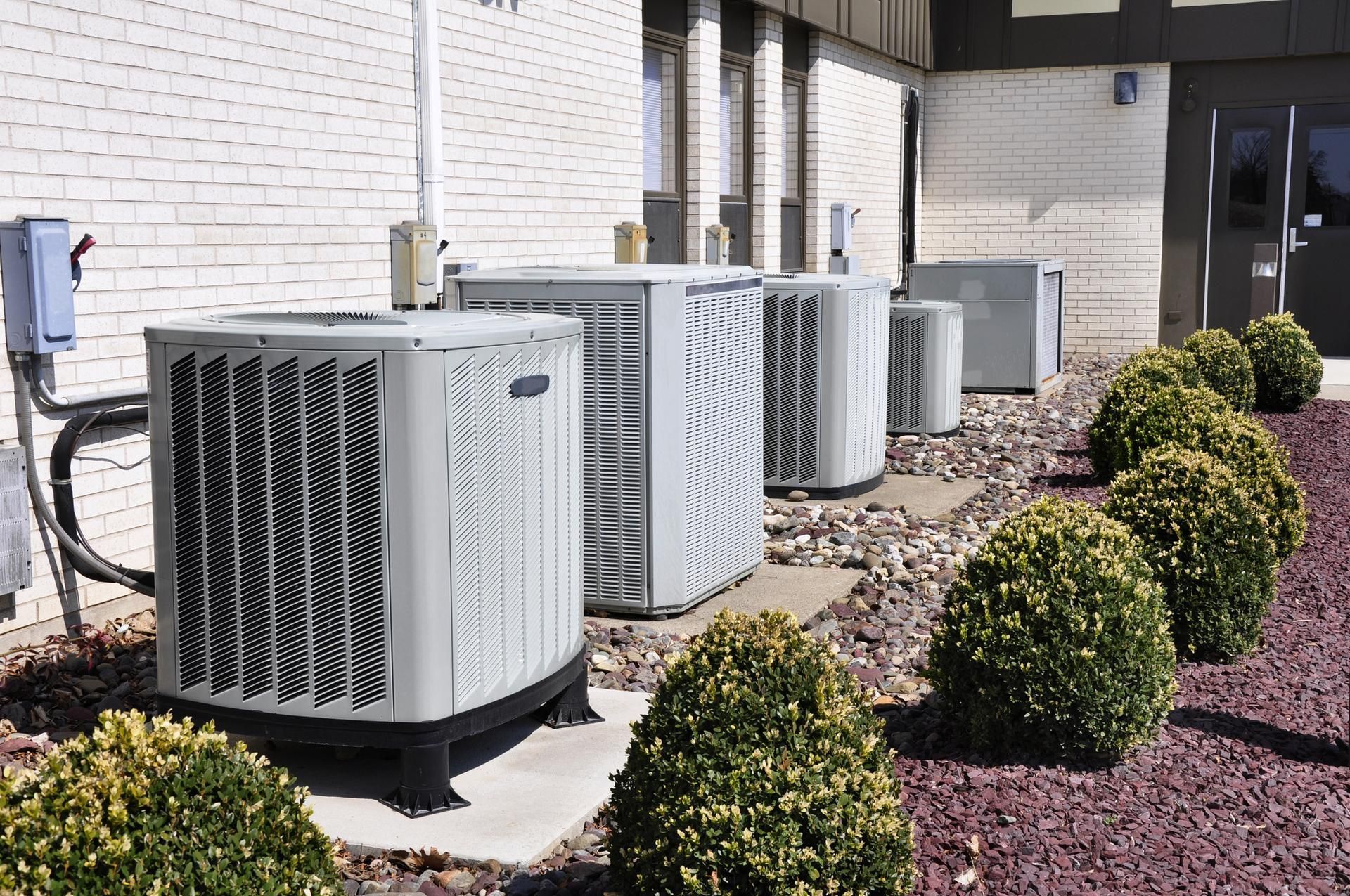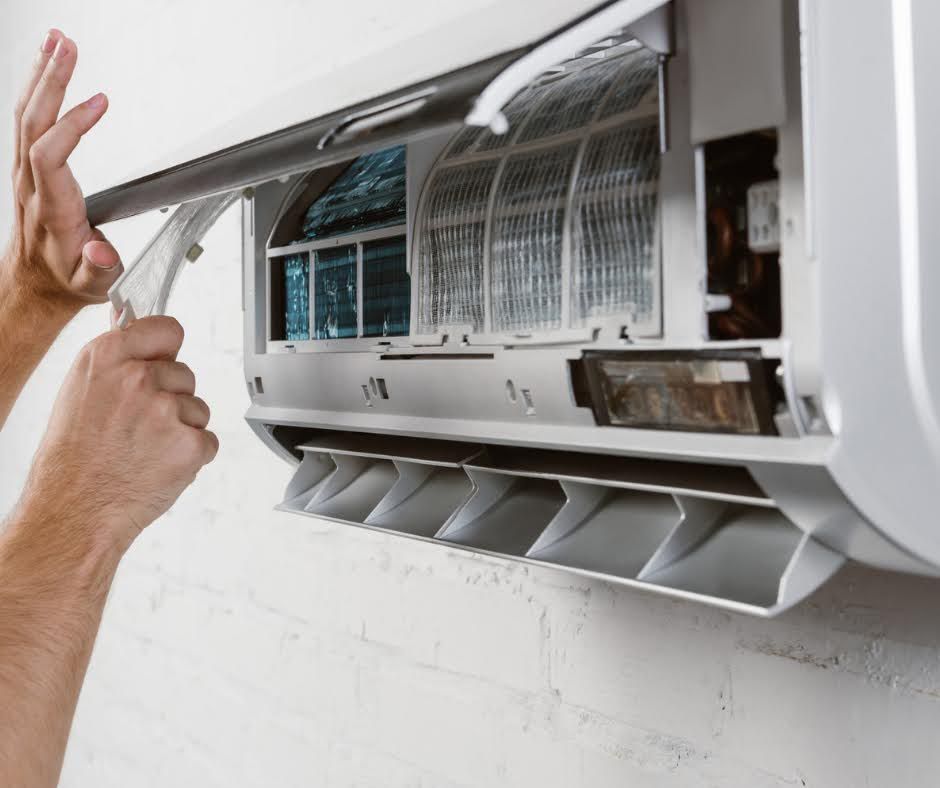5 Most Common Indoor Air Pollutants
As much as we talk about air pollution, we rarely think about indoor air quality. The truth is that air inside a building can also become contaminated.
Pollutants are plentiful indoors, some of which are readily identifiable based on their smells, but many go unnoticed. The following are five of the most common indoor air pollutants.
1. Carbon Monoxide (CO)
Carbon monoxide is an odorless, colorless, and toxic gas that can be deadly in high concentrations. Common sources of carbon monoxide include gas stoves, leaking chimneys, tobacco smoke, and automobile exhausts.
Once inhaled, carbon monoxide attaches to hemoglobin in the red blood cells inhibiting their ability to carry oxygen throughout the body.
In low concentrations, inhaling carbon monoxide can cause dizziness, confusion, and nausea. Higher levels can be dangerous, causing various effects that range from headaches to dizziness—in extreme cases, those exposed may pass out and die.
To protect yourself and your household from carbon monoxide, ensure that your appliances are fully vented and serviced yearly. You can also install a CO detector near sleeping areas and combustion equipment, such as your kitchen.
2. Lead (Pb)
Lead is a toxic metal widely used in house paint and gasoline until its ban in the 1970s. Since the ban, lead pollution from gas has dramatically reduced, but old houses may still have it.
If left undisturbed, lead paint may not pose any significant health effects. However, the paint can still chip and release lead. Lead is harmful and is particularly dangerous to children as they absorb more lead as they grow.
Children are more at risk because they regularly come into contact with walls and soil that can contain lead.
Lead also has serious developmental effects in fetuses and infants if present in the mother. You can easily lower your chances of lead exposure by keeping your home clean and well-maintained.
3. Nitrogen Dioxide (NO2)
Nitrogen dioxide is one of the nitrogen oxides. NO2 forms in the air when you burn fossil fuels such as coal, oil, or gas at high temperatures. Indoors, NO2 can form from unflued gas heaters and stovetops.
Breathing in a high concentration of NO2 can cause respiratory issues, particularly asthma. Nitrogen dioxide causes other symptoms such as:
- Bad cough and wheezing
- Asthma attacks
- Inflammation of the airways
Automobiles are the largest contributors to NO2 emissions, followed by power plants and heavy construction equipment.
4. Pets
Pet dander is microscopic skin shed by animals with fur or feather. Your pets can be a trigger for allergic reactions for people sensitive to pet dander.
In addition to skin flecks, animal fur can capture and carry allergens such as dust and fecal matter particles to your home. These allergens are likely to go airborne and affect the respiratory health of you and your loved ones.
Other than sneezing and a stuffy nose, you may suffer from dermatitis or skin rash if you suffer from a pet allergy. The best way to manage pet allergies is to improve overall indoor air quality, minimize exposure, and avoid direct contact if your allergies are especially severe.
5. Mold and Dampness
Mold exists everywhere. Mold isn't usually a problem unless mold spores land on a damp spot and grow. Exposure to mold triggers irritation and allergic reactions in sensitive people. Visible symptoms you may incur include sore throat, asthma, and nasal congestion.
Moisture buildup from any sources may cause mold. These include roof leaks, poorly connected plumbing, or a damp carpet.
To fix mold problems, ensure your HVAC system is in good working condition to avoid dampness and humidity problems indoors. Identify and eliminate any water problems in and around your home.
Since we spend so much time in our homes, making sure that of adequate air quality is crucial. Regular HVAC system maintenance ensures the comfort and safety of your home's occupants by providing them with high-quality indoor air.
Contact us today for professional heating and air conditioning services when your home's air quality is in question.

“Great product. We love working with it!”
Over the last week my heat pump gave out. We called you guys and had a technician come out to our home. He quickly diagnosed the problem, had it fixed, and had it up and running in about 10 minutes. Very professional and courteous. I really appreciate having an hones company like you guys out there.
Thank You Again!!!
— Jason S. Chattanooga, TN
“Amazing service. Can’t wait to find out what’s next!”
Thank you for helping me out. You and your company have always been there for me and my family. I always tell everyone Malone Heat and Air is the best company going!!!Thank You Again!!!
— Wanda A. East Ridge, TN
“Not sure what I did before discovering this Product. It’s super!”
The Carrier unit your company recently installed was done in an efficient and courteous manner. The service technicians answered all my questions, which proved their years of experience in servicing the customers.
Thank you again for the quick response to my request for the installation of your system. I look forward to the assistance and services provided.
— Carol H. Chattanooga, TN
"Many thanks to your prompt response to my furnace problems. I want you to know your crew was especially competent, professional and considerate and I appreciated that so much- Many thanks"
— Mrs. Theo E. Lookout Mountain, TN
"Your crew who put in our generator was the most professional group I have ever encountered- Everyone knew their job and didn't waste a minute, even in that freezing weather! Thanks for taking care of this."
— Linda P. Signal Mountain, TN
PAYMENT OPTIONS:







Contact Information


LIKE US ON

Browse Our Website







Contact Information


LIKE US ON


